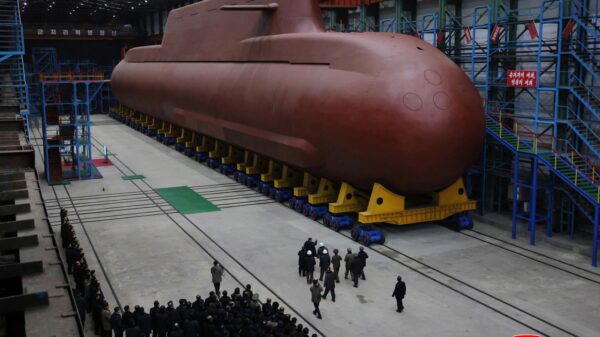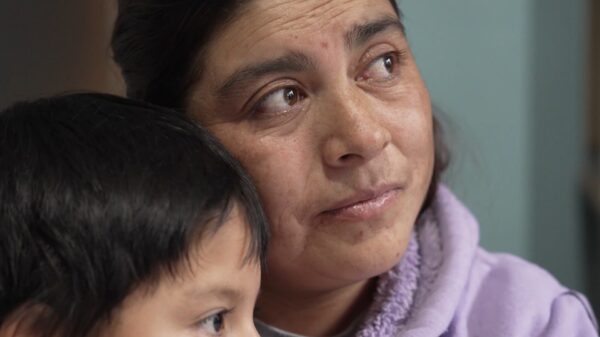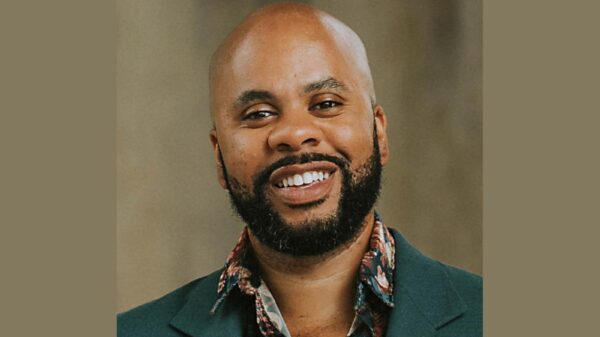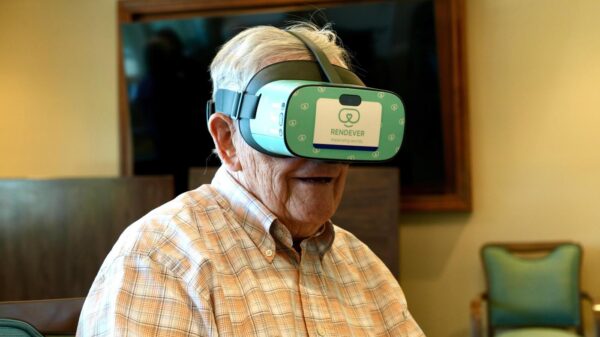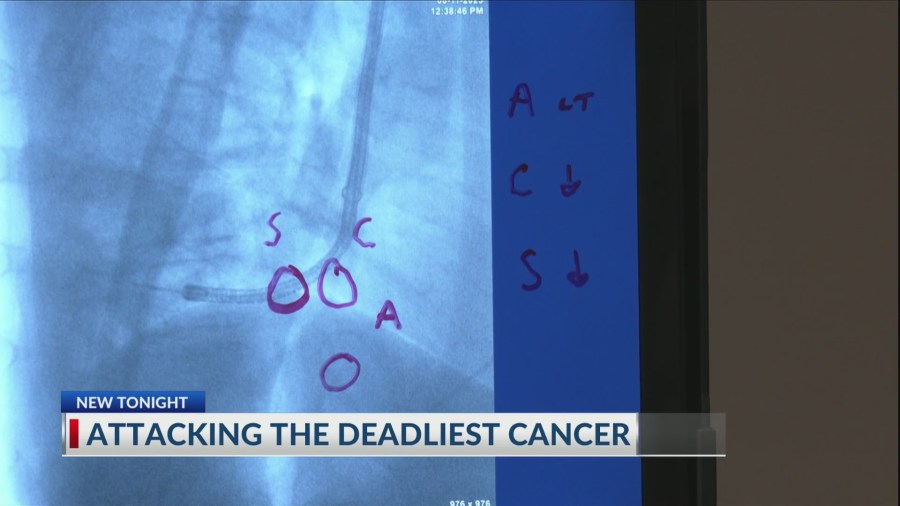Doctors at St. Joseph’s/Candler in Savannah, Georgia, are harnessing innovative robotic technology to enhance the detection and treatment of lung cancer. The Monarch procedure offers unprecedented precision, allowing medical professionals to locate tumors more effectively than traditional imaging methods. This advancement comes during Lung Cancer Awareness Month, a critical time to emphasize the importance of early detection.
Revolutionizing Lung Cancer Detection
During a recent demonstration, Dr. Douglas Mullins performed the Monarch procedure, showcasing how the system can accurately identify small nodules in the lungs. This technology is one of the few of its kind being utilized in the United States, and St. Joseph’s/Candler has emerged as a leader in its application. The procedure has become increasingly vital, given that lung cancer remains the deadliest form of cancer worldwide.
The device used by Dr. Mullins resembles a video game controller, providing intuitive control over the placement of a tube for biopsies. The visual interface is akin to a Google map, enabling doctors to navigate through the lung tissue with precision. “We have a high suspicion that that nodule is cancer,” Dr. Mullins explained, noting the challenges posed by the small size of the detected lump.
Previously, the chances of successfully locating and biopsying such small nodules were estimated at only 10-15%. Thanks to this new technology, that accuracy has soared to over 90%, significantly improving patient safety and outcomes.
Patient-Centric Approach to Treatment
Dr. Mullins emphasized that the Monarch procedure not only enhances diagnostic capabilities but also facilitates more limited surgeries. “Being able to leverage these technologies allows us to diagnose smaller nodules and perform surgeries that lead to quicker recoveries and shorter hospital stays,” he noted. Patients benefit from smaller incisions, reducing the overall impact of surgery on their lives.
Each patient who undergoes this cutting-edge procedure expresses gratitude, according to Dr. Mullins. “They recognize that something special has happened,” he said. Many nodules that are often overlooked in other institutions are thoroughly examined at St. Joseph’s/Candler, allowing for early intervention when necessary.
Dr. Mullins encourages individuals to consider lung cancer screenings, particularly those with a history of smoking or a family background of lung cancer. Early detection remains a cornerstone of improving survival rates for this serious condition.
As technological advancements continue to reshape the landscape of medical treatments, the application of robotic systems like the Monarch procedure exemplifies a significant step forward in the fight against lung cancer. St. Joseph’s/Candler is positioning itself at the forefront of this revolution, enhancing the lives of countless patients through innovative care.






